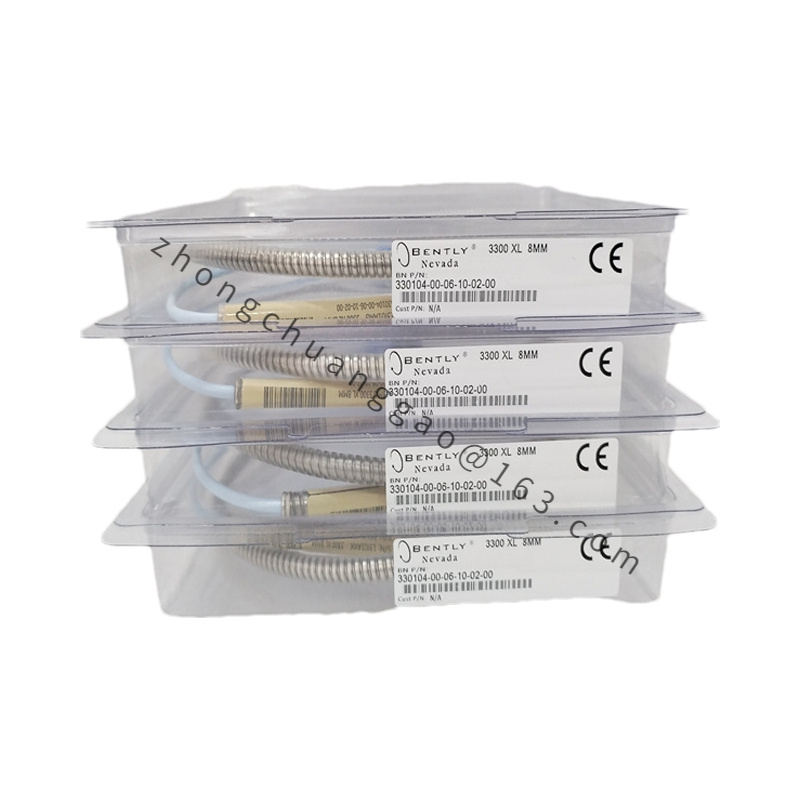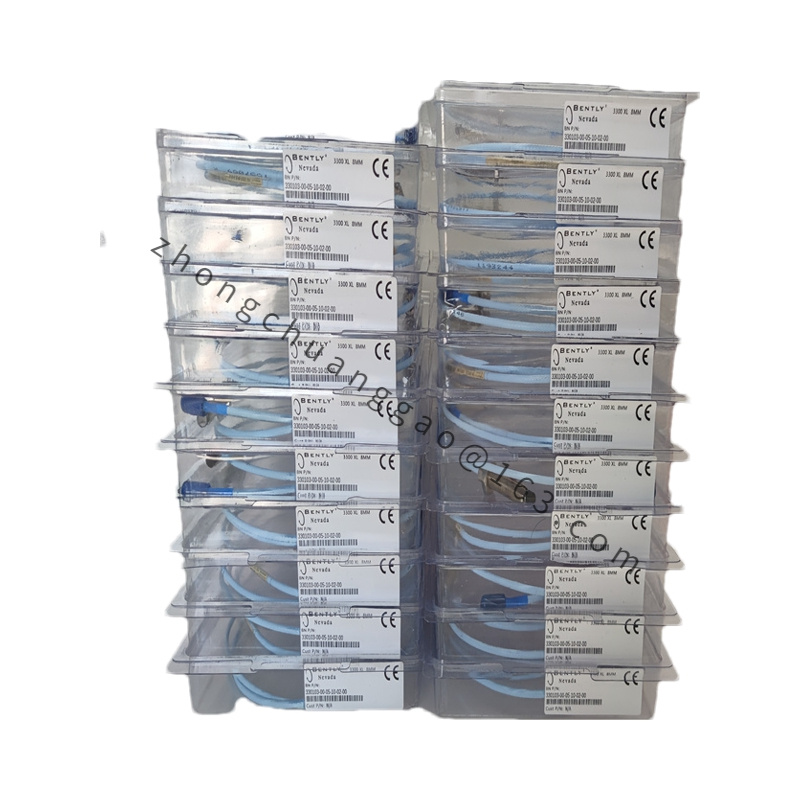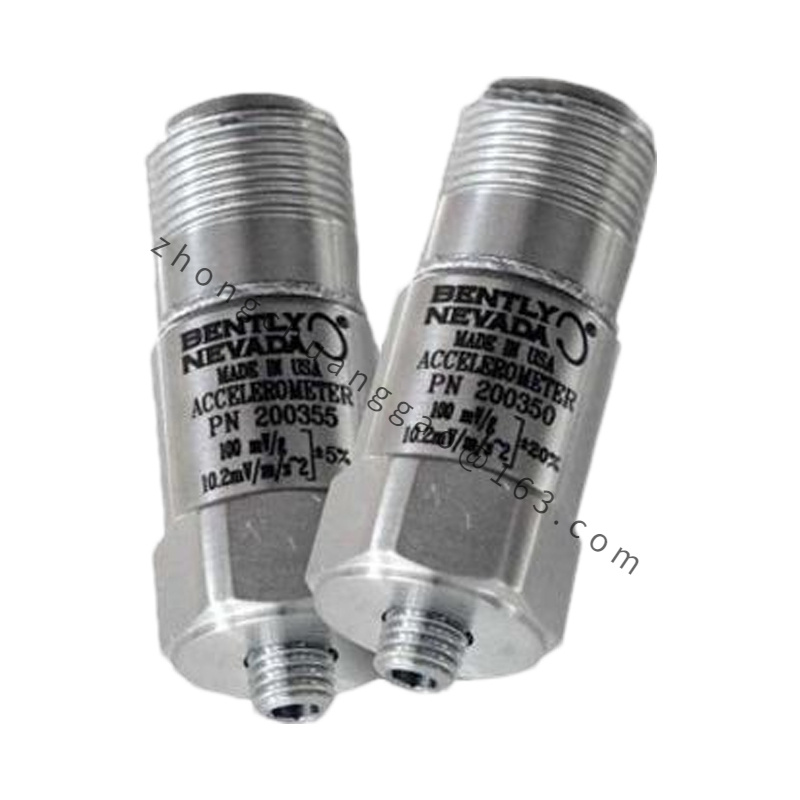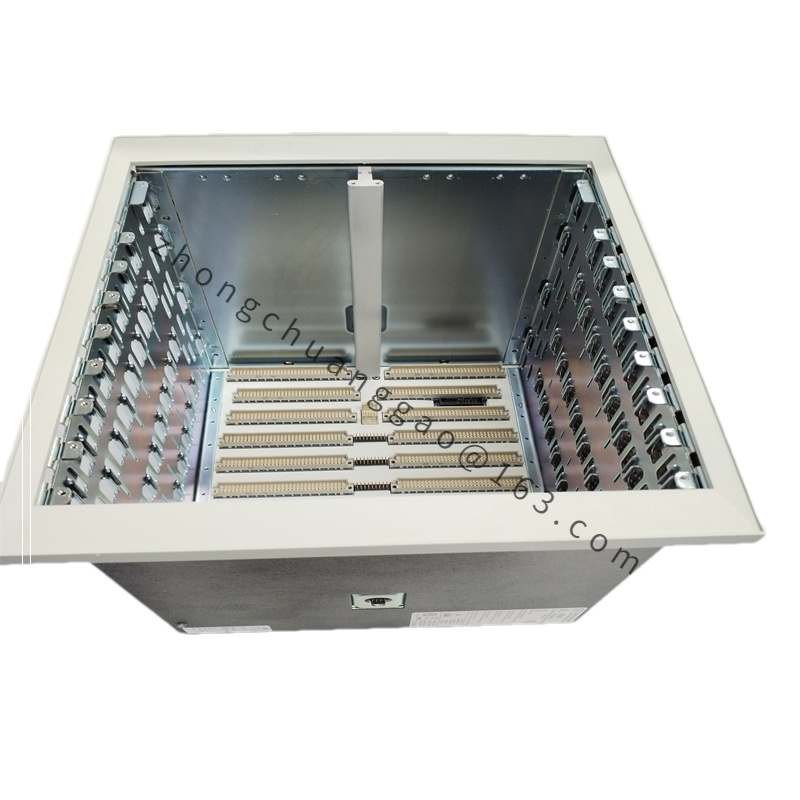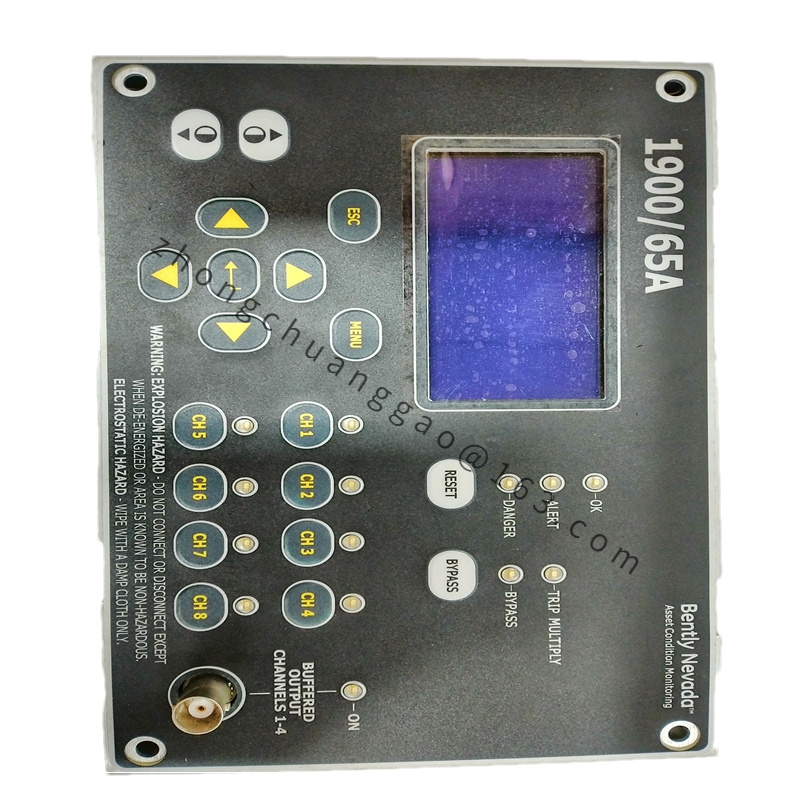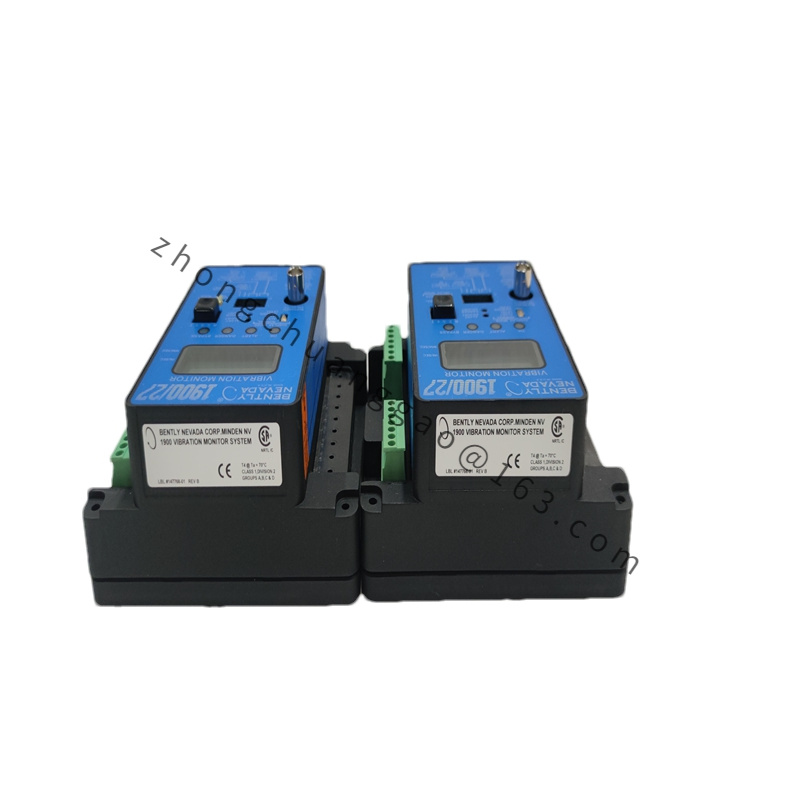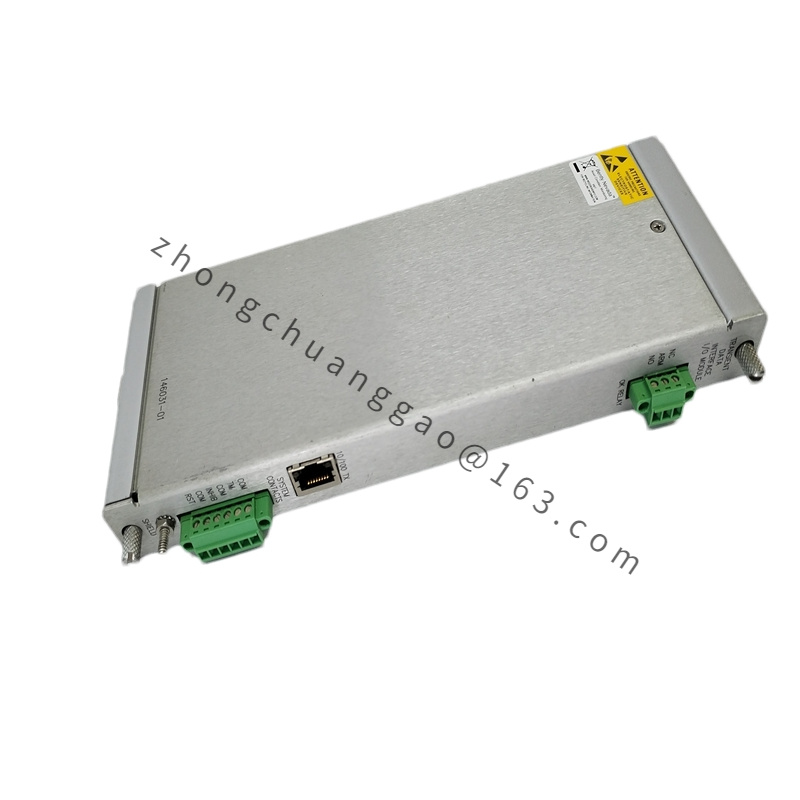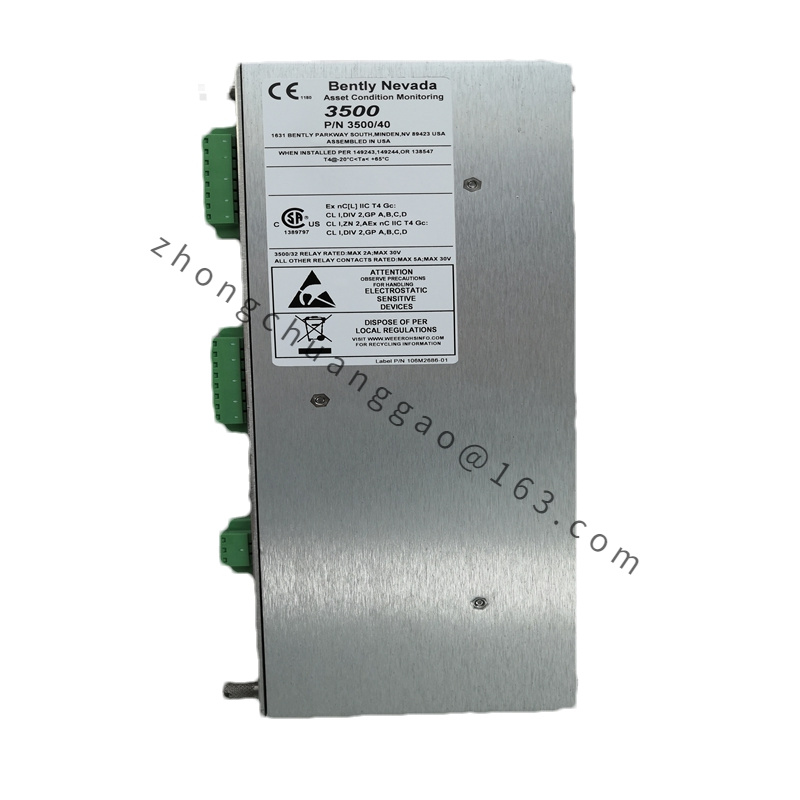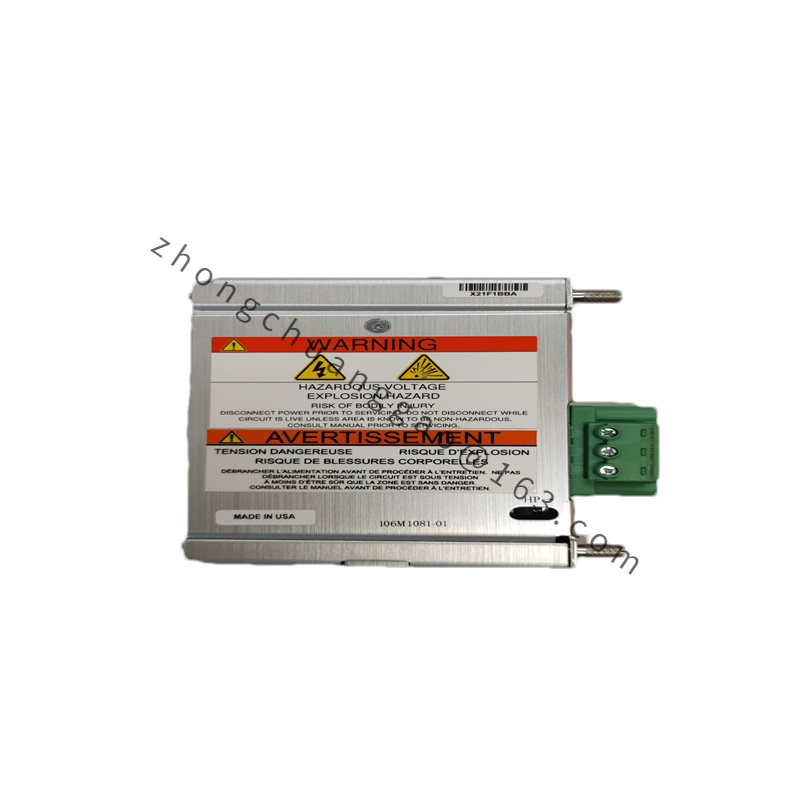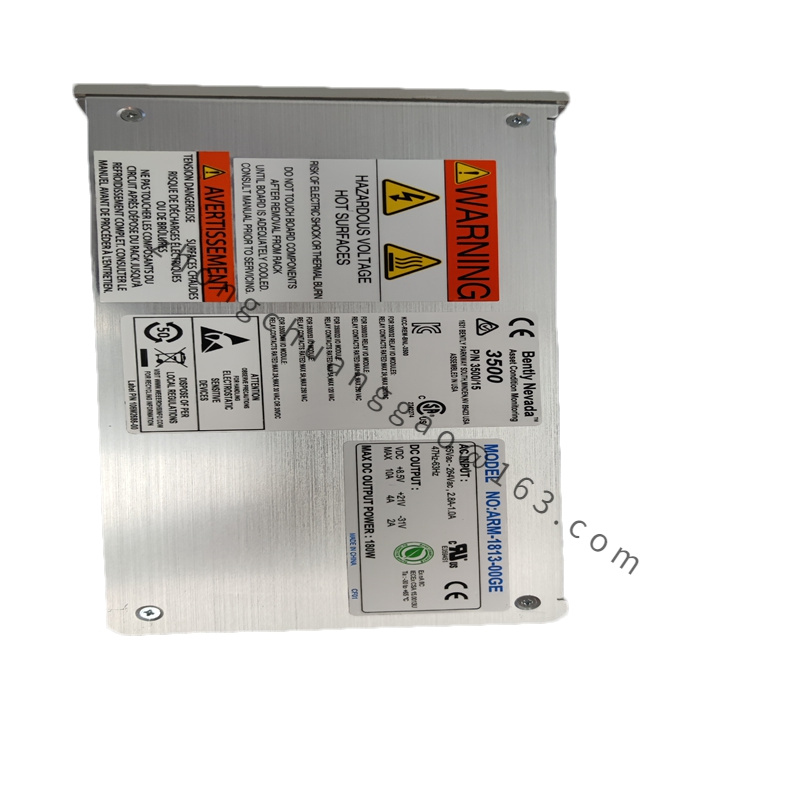Detailed content
Technical Specifications
- Model: Bently 330180-91-CN
- Type: Vibration Sensor (Accelerometer)
- Measurement Range: Measures vibration acceleration. The specific measurement range varies by model and should be confirmed from the datasheet, but it generally covers a broad range suitable for most industrial applications.
- Output Signal: Provides an analog output, typically a 4-20 mA current loop signal. This is a standard output type for many industrial monitoring systems, allowing easy integration with existing setups.
- Sensitivity: Sensitivity is generally specified in units of mV/g (millivolts per gravitational acceleration). The exact sensitivity value should be verified from the sensor’s datasheet.
- Frequency Response: Designed to measure a wide frequency range, accommodating both low and high frequencies. Specific frequency response characteristics are detailed in the datasheet.
- Operating Temperature Range: Operates effectively in a broad temperature range, typically from -40°C to +85°C (-40°F to +185°F), ensuring reliable performance across diverse environmental conditions.
- Protection Rating: Typically features a high protection rating, such as IP67, indicating it is resistant to dust ingress and capable of withstanding temporary immersion in water.
Features
- High Accuracy: Provides precise vibration measurements necessary for detecting minor changes and potential issues in machinery.
- Durable Design: Built to endure harsh industrial environments, ensuring long-term durability and reliability.
- Stable Performance: Known for stable and consistent performance over time, which is essential for effective monitoring and accurate analysis.
- Ease of Integration: Compatible with various vibration monitoring systems, allowing for straightforward integration into existing infrastructure.
Application Scenarios
- Machinery Condition Monitoring: Ideal for monitoring the health of rotating equipment such as motors, pumps, compressors, and turbines. The sensor helps in the early detection of mechanical issues through vibration analysis.
- Predictive Maintenance: Plays a crucial role in predictive maintenance programs by providing detailed vibration data that helps predict potential equipment failures before they happen, reducing downtime and maintenance costs.
- Industrial Automation: Used in automated systems for continuous monitoring of machinery, ensuring smooth operation and preventing production disruptions.
- Power Generation and Oil & Gas: Applied in critical sectors such as power generation and oil & gas to monitor essential equipment, helping to prevent unexpected failures and maintain operational efficiency and safety.
Usage Considerations
- Installation: Proper installation is crucial for accurate measurements. Ensure that the sensor is mounted in an optimal location to effectively capture relevant vibrations.
- Calibration: Regular calibration is necessary to maintain the sensor’s accuracy and reliability over its operational life.
- Maintenance: Routine inspection and maintenance are important to ensure continued functionality and address any potential issues.


